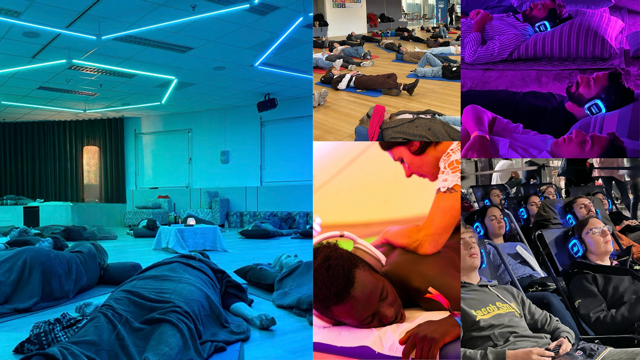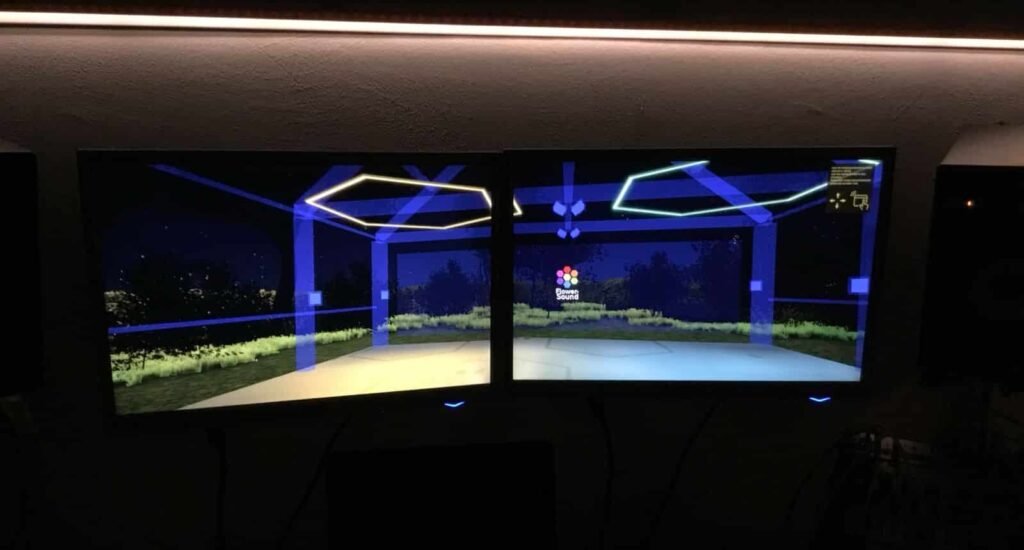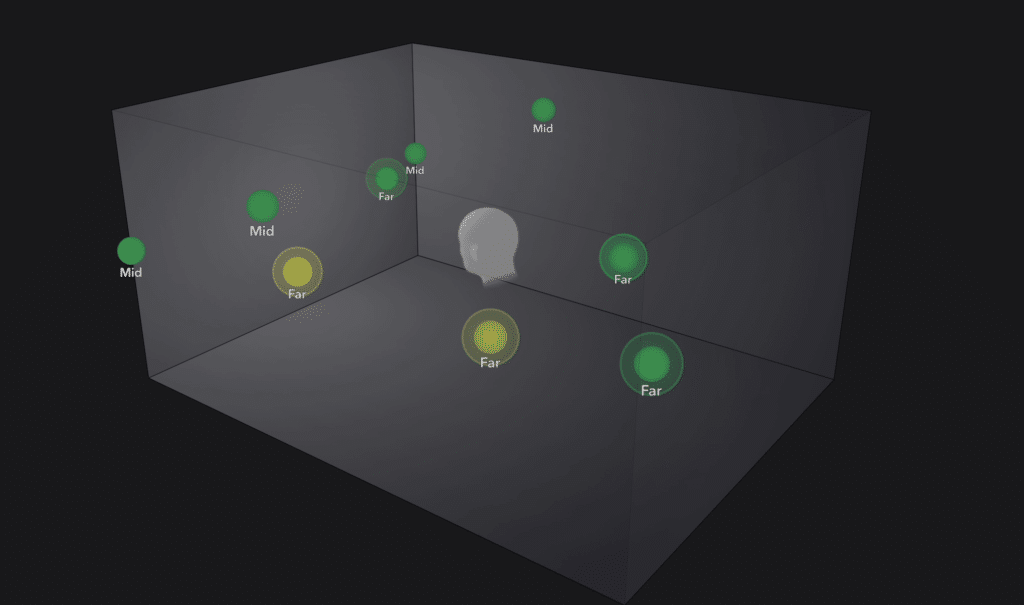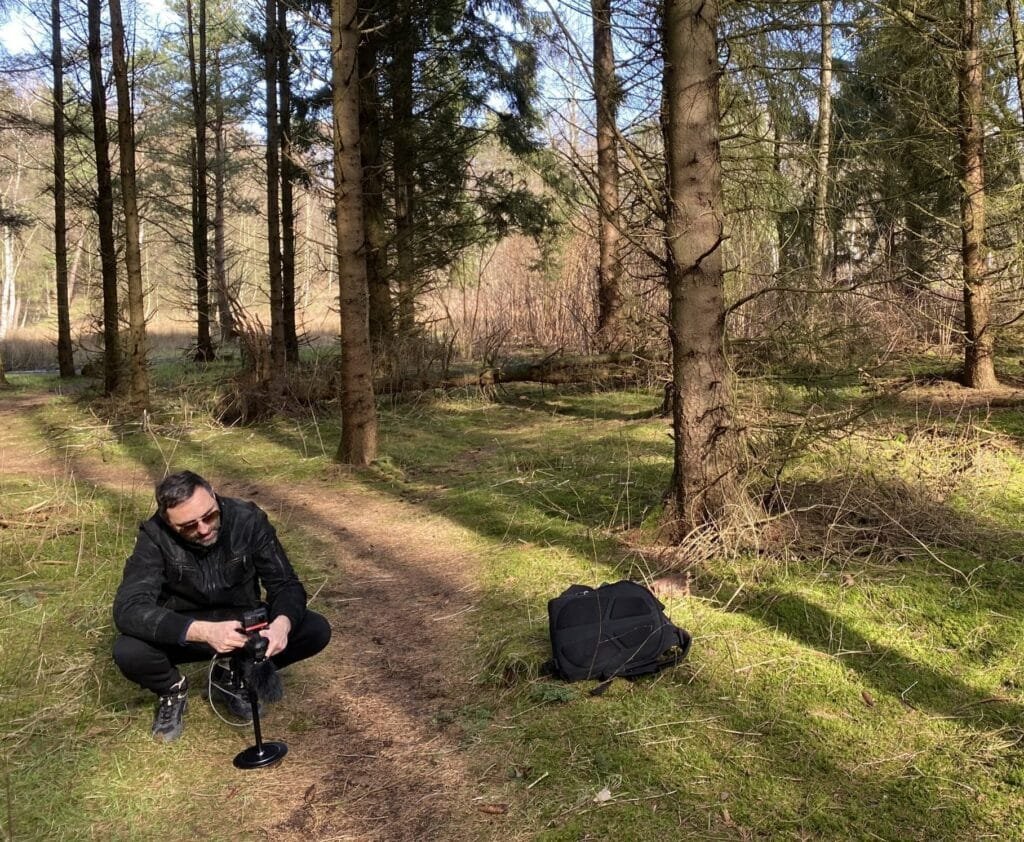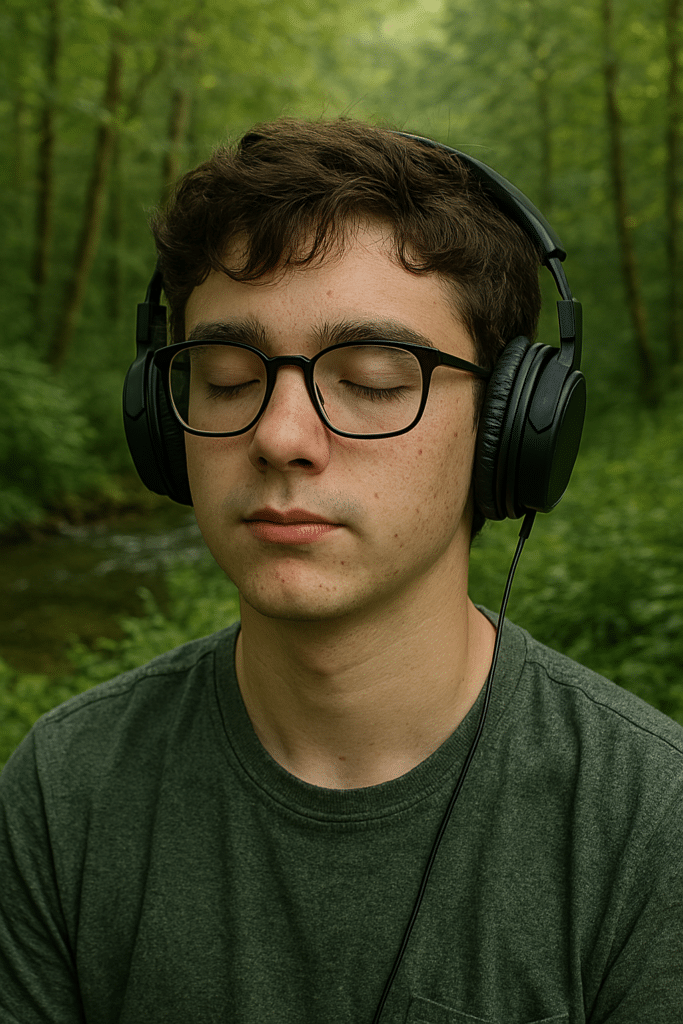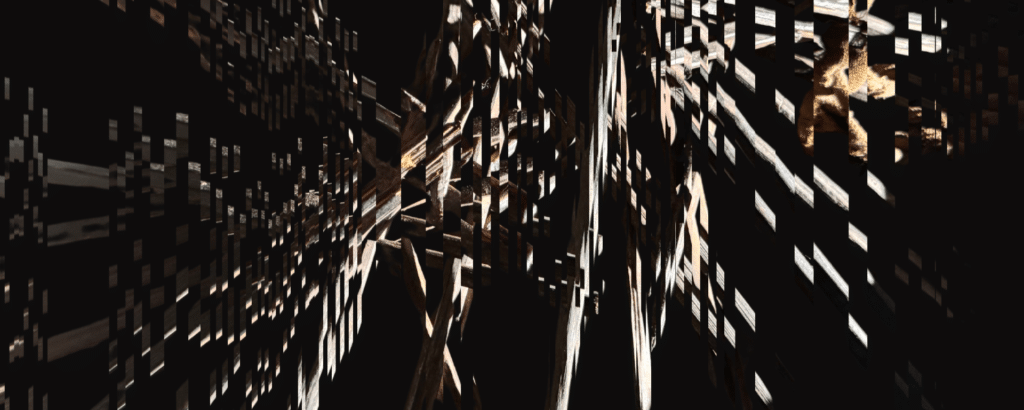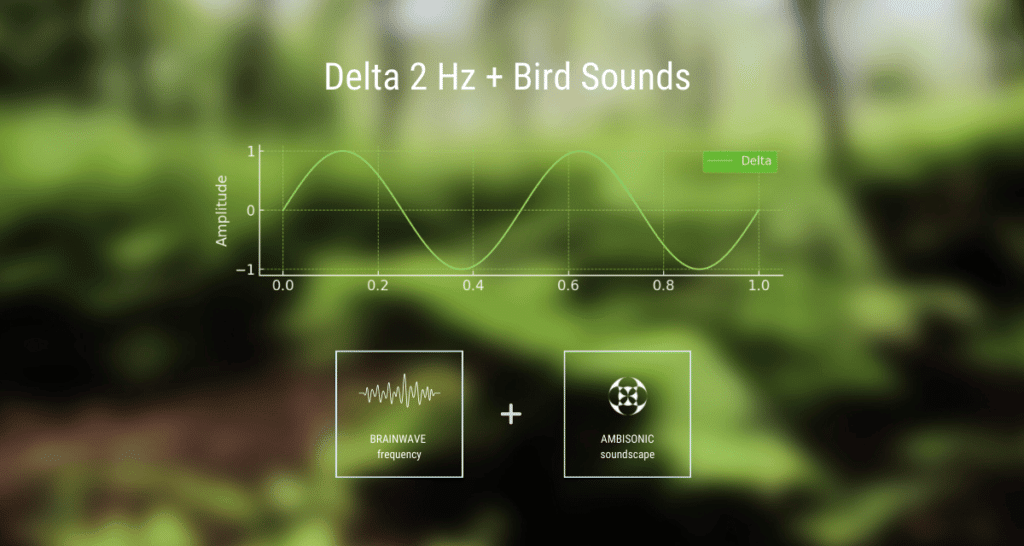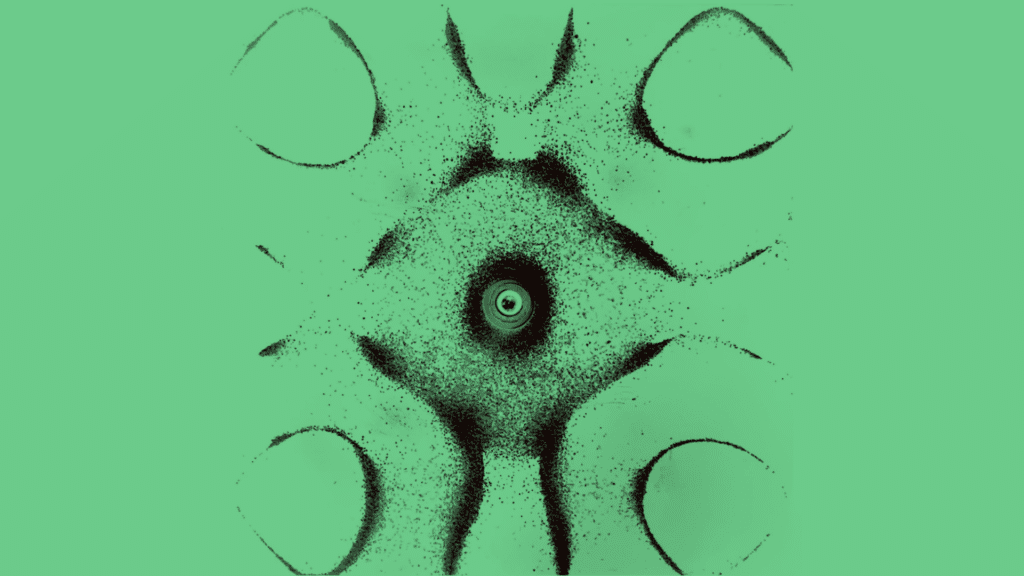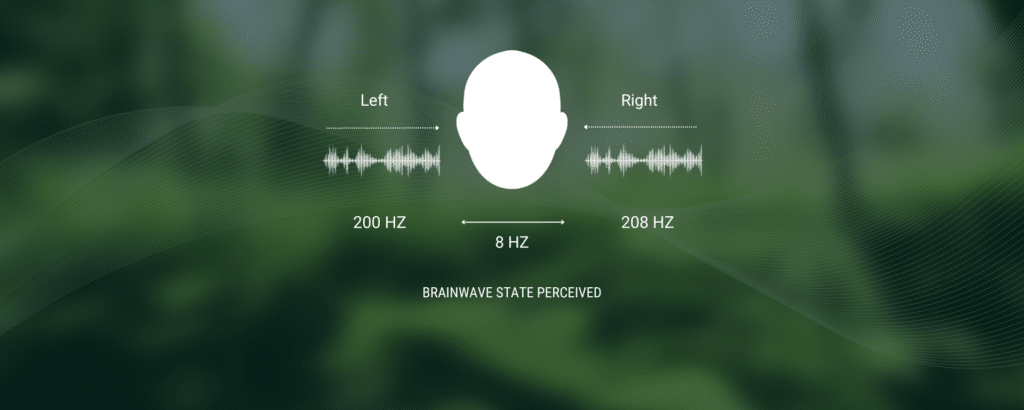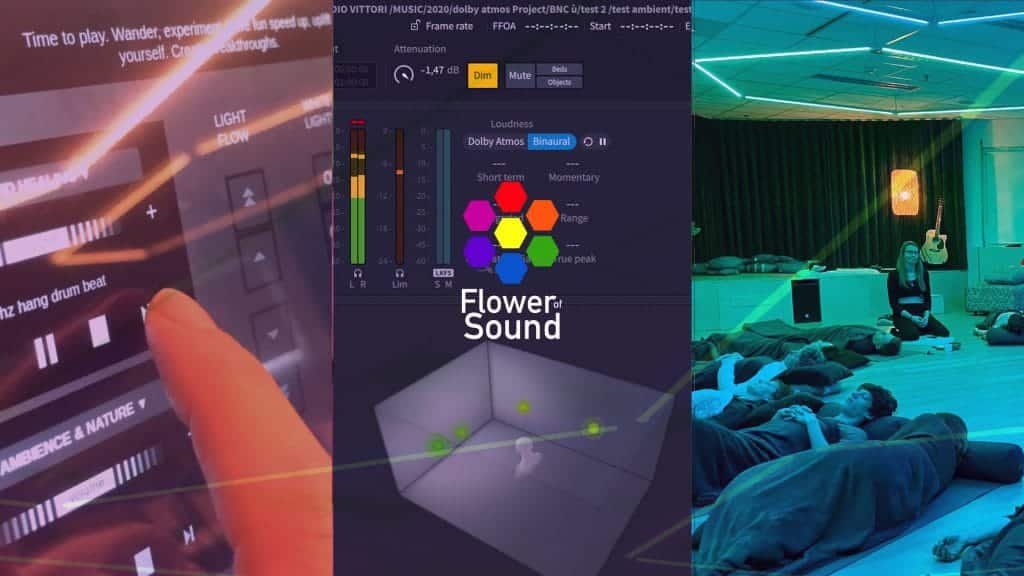Listening to Space
Body, direction and sonic presence
Listening is an act of perception. It does not only mean recognizing the timbre or pitch of a sound, but involves complex functions that activate areas of the brain responsible for orientation, attention and the construction of a coherent sonic scene. Listening helps us understand where we are, what is happening around us and how to interact with what we hear.
To locate sounds in space, our auditory system relies on three main mechanisms:
Interaural Time Difference (ITD)
This is the difference in time with which the same sound reaches the two ears. If the sound comes from the left, it will reach the left ear first and the right ear slightly later. This minimal delay is enough to determine from which horizontal direction the sound is coming.
ITD is particularly effective for localizing low-frequency sounds such as a drum or a deep voice, because these frequencies have longer wavelengths, and therefore time differences are more noticeable and easier to interpret.
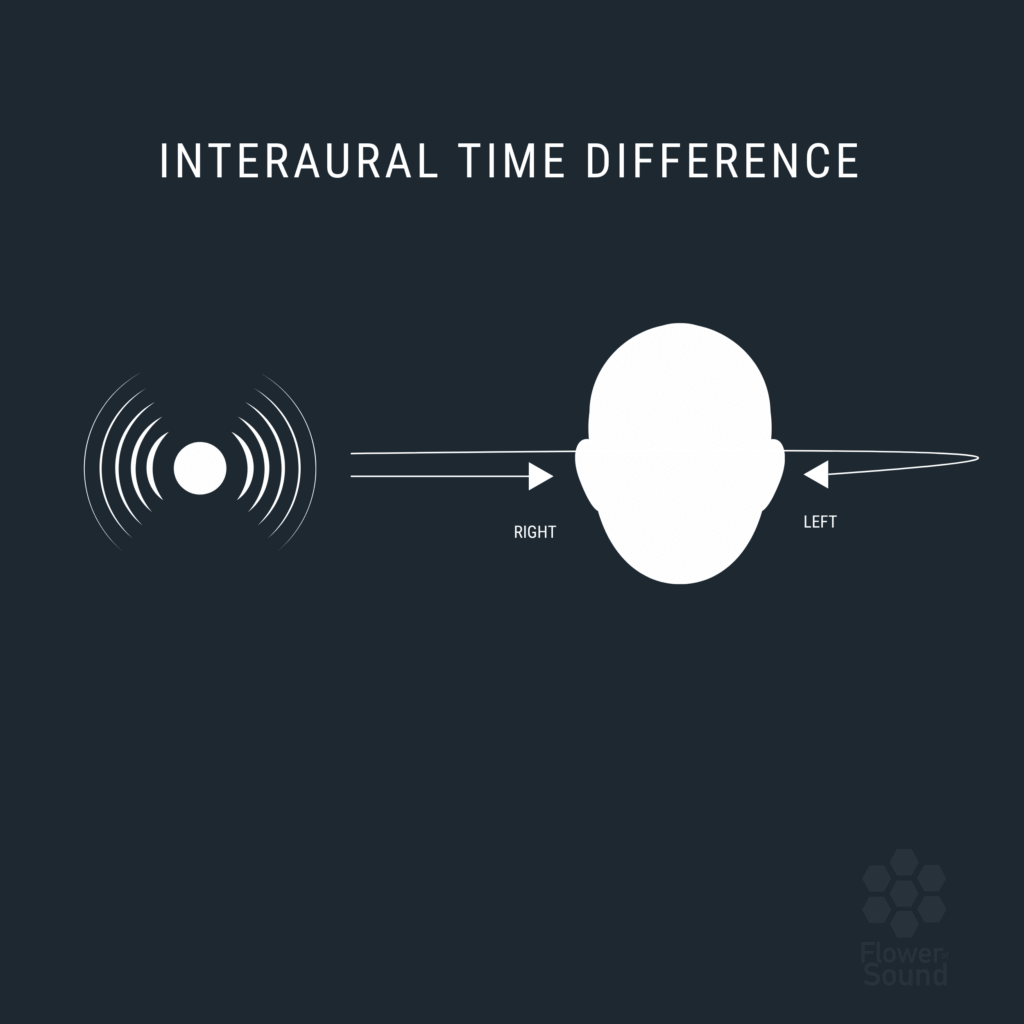
Interaural Level Difference (ILD)
This is the difference in sound intensity perceived between the two ears. When a sound comes from one side, the opposite ear receives it at a lower volume because the head creates an acoustic shadow.
ILD is more noticeable with high-frequency sounds, such as a finger snap or a sharp click, because shorter wavelengths are more easily blocked and scattered.

Head-Related Transfer Function (HRTF)
This refers to a set of natural filters that every sound undergoes before reaching the eardrum. The shape of the pinna, the head, and the shoulders modifies the spectrum of the sound, introducing variations that the brain uses to determine if the sound comes from above, behind, or from a certain distance.
These natural filters are the basis of binaural audio, a technique that simulates spatial listening using just two channels and is experienced through headphones or earplugs. Binaural audio is currently the most accessible format for interacting with spatial audio content because it can be experienced without a multichannel system, simply with a pair of standard headphones.
These three mechanisms work together, allowing us not only to perceive the presence of a sound, but also to recognize its position, distance and movement. This is how we construct our perception of the sonic space in every moment.
And within this continuous relation between sound and body, between what we hear and how we localize it, emerges the possibility for a more attentive, more conscious, more vivid form of presence.







